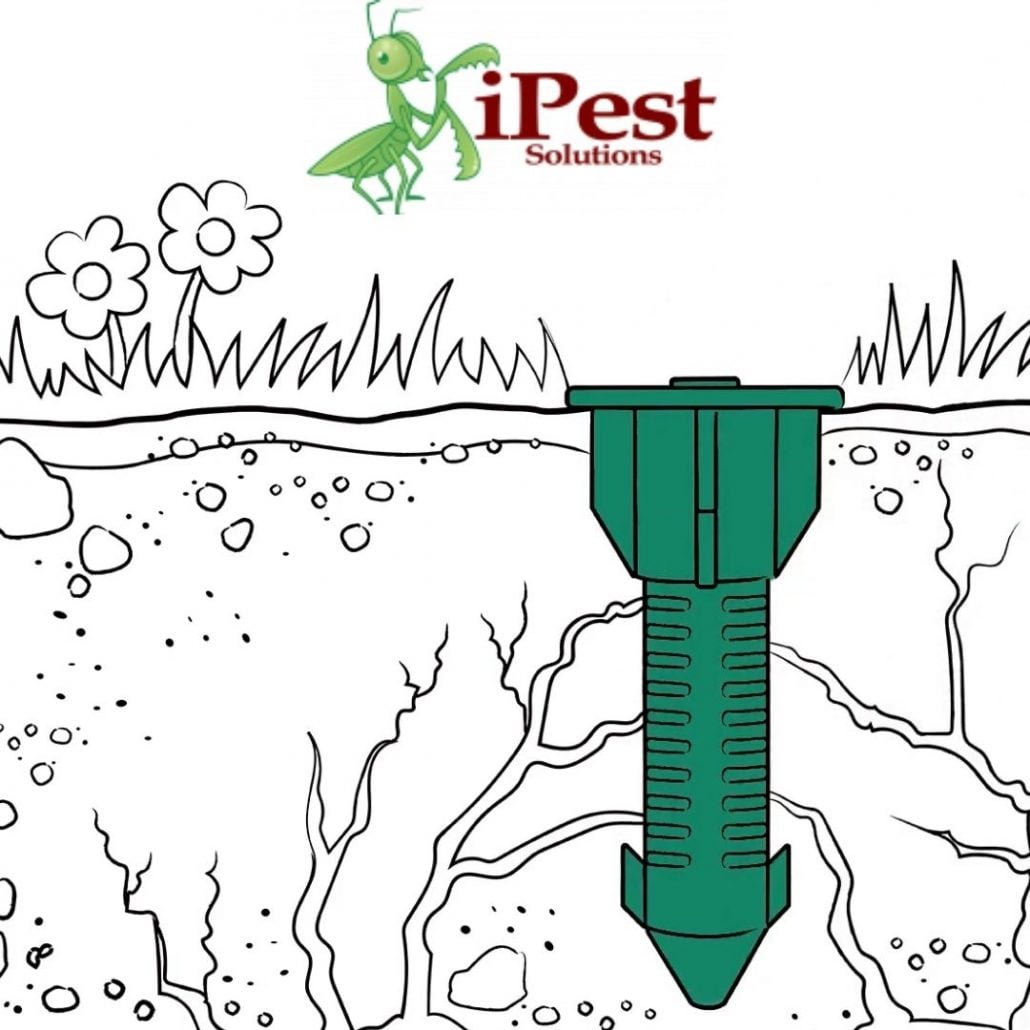Termites, while small in stature, can pose a substantial risk to any structure they infest. As responsible homeowners, we need to understand what attracts termites to our homes and how we can safeguard our dwellings from their potentially disastrous impact.
Termites, while small in stature, can pose a substantial risk to any structure they infest. As responsible homeowners, we need to understand what attracts termites to our homes and how we can safeguard our dwellings from their potentially disastrous impact.
Food Sources That Attract Termites
Cellulose-Rich Materials
Cellulose, the primary component of plant cell walls, is a significant food source for termites. Consequently, anything made of wood, paper, or cardboard can attract termites. From our wooden beams, furniture, flooring, to even the stack of newspapers or cardboard boxes in the garage, each can serve as a termite magnet.
Dead Plant Material
Termites also feed on dead plant material, including leaves, bark, and decomposing wood. Mulch and piles of firewood kept close to our homes can inadvertently create a buffet for these pests.
Moisture: The Life Source for Termites
Leaky Pipes and Poor Drainage
Termites need moisture to survive. Leaky pipes, poor drainage systems, and clogged gutters can lead to moisture buildup, creating an ideal habitat for termites. Regularly inspecting and repairing these areas can help deter these pests.
Condensation and High Humidity
Areas of high humidity or those prone to condensation, such as basements, crawl spaces, and air conditioning units, can also attract termites. Adequate ventilation can help reduce moisture in these areas.
Structural Weaknesses: Easy Entry Points for Termites
Cracks and Gaps in Foundation
Cracks and gaps in our home’s foundation, as well as poorly sealed windows and doors, provide easy access for termites. Regularly inspecting our homes for these vulnerabilities and repairing them promptly can significantly help in termite prevention.
Wood-to-Ground Contact
Wooden structures touching the ground, such as decks, porches, and wooden sidings, can act as bridges for termites to enter our homes. Keeping a safe distance between these structures and the ground can help mitigate this risk.
Understanding what attracts termites is crucial in preventing an infestation. By reducing the availability of food sources, maintaining a dry environment, and regularly inspecting our homes for structural weaknesses, we can create a less inviting atmosphere for these destructive pests. Being proactive in these steps can save us the distress, inconvenience, and financial burden of dealing with a full-blown termite infestation.







